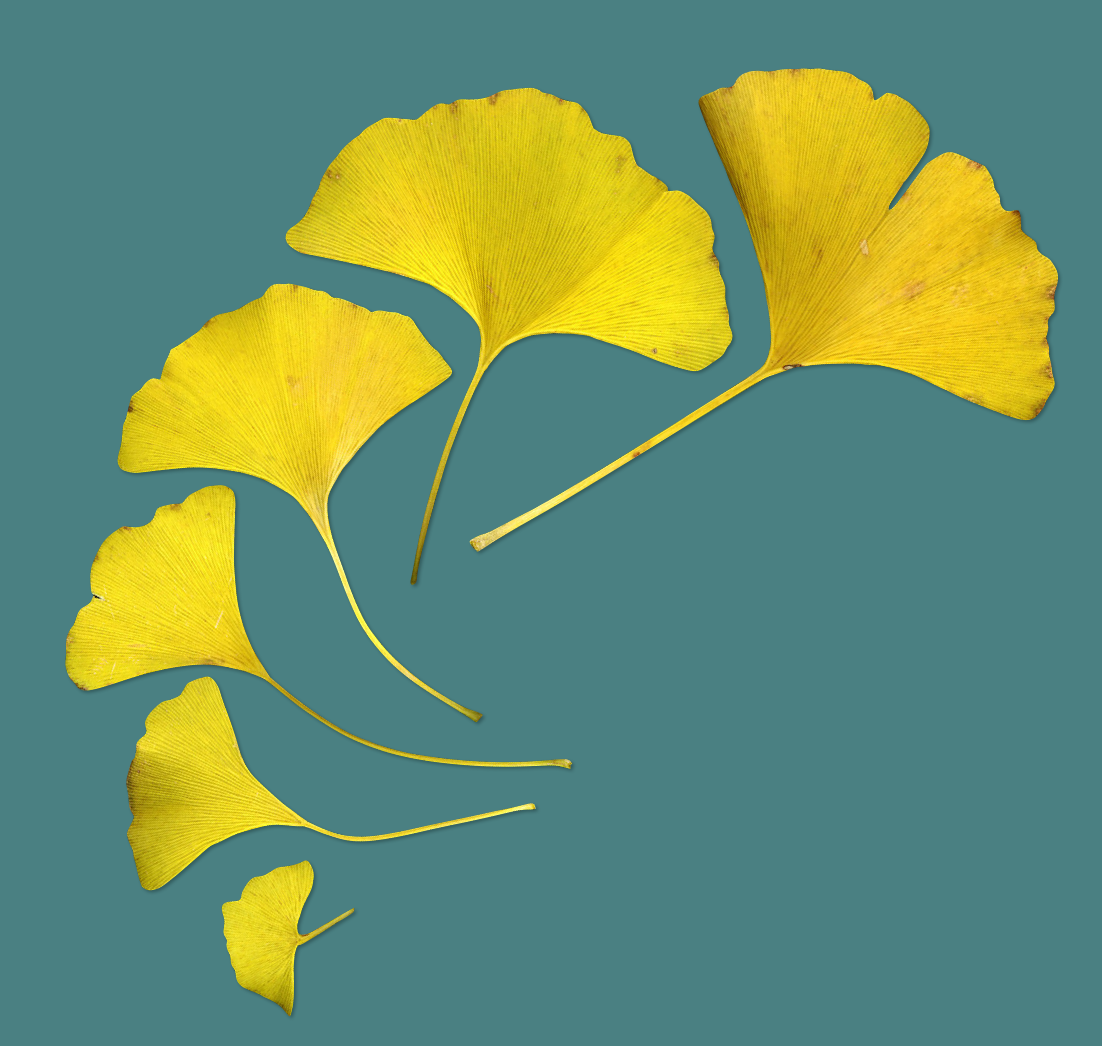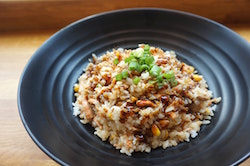Feeding our Microbiome
Feeding our Microbiome
You may be aware that you have possibly 10X more microbes in your gut that you have cells in your body and that they can weigh up to 2 kgs. We each may have up to 170 species, but the species can vary considerably, although a few key ones tend to predominate.
Did you know that ever single person has a unique composition of gut microbes- as unique as your fingeprint?
In the last 5 years, the research around gut health and probiotics and microbes, has exploded, and it takes a lot to keep up with it. I recently did a workshop with Dr Jason Hawrelak who is a Naturopath who did his PhD on gut microbes, and I find this topic fascinating.
Researchers are now realising that the widespread use of antibiotics, along with the western diet, have both contributed to devastation of our inner ecosystems. This is having far reaching health and psychological impacts that scientists are are only just beginning to grasp. We are just learning what the loss of key species and the imbalances in our gut flora, actually means.
Our gut bacteria:
help us digest food
prevent attack by unfriendly microorganisms
synthesise some vitamins like B & K
facilitate absorption of minerals
neutralise toxins
play an important role in the immune system
play an important role in mental health and mood
Imbalances in our gut flora can lead to conditions such as:
Ulcers
Inflammatory bowel disease
Irritable bowel syndrome
Autoimmune conditions
Allergy, asthma, diabetes
Obesity and metabolic syndrome
Liver diseases
Systemic infections
Cancer
Depression, anxiety and other mental health conditions
Having a wide variety of friendly microbes leads to a certain resilience against bad health and also pathogenic microbes. Whether we were born vaginally or by caesarian, breastfed or bottle fed, has a huge impact on the types of microbes that grow in us for the rest of our life! What we eat every day also determines the balance and variety of microbes in our gut. When we travel, especially to third world countries, we may pick up new bacteria. When we change our diet, our microbes change. When we eat a variety of foods that our microbes love, they thrive, leading to resilience, health and wellbeing, on every level.
So how do we feed our microbes well?
Have you heard of pre-biotics? They are becoming pretty popular lately. Our microbes love to feed on what we call indigestible starches. These are the fibre parts of plant food that we can’t break down for energy. The ones that have been extensively researched and officially called prebiotics, are called Fructooligosaccharides (FOS) and Galactooligosaccharides (GOS), and inulin. They are virtually calorie free (because they are indigestible to us) but they provide food for gut bacteria to thrive.
Food sources of FOS include onions, garlic, leeks, asparagus, dandelion and chicory root, and jerusalem artichoke.
Food sources of GOS include legumes (chickpeas, black beans, lentils etc), brassica family, beetroot, rye sourdough, sunflower and pumpkin seeds and LSA mix.
Other prebiotic-like foods that have been researched include: brown rice, carrots, blackcurrents, cacao powder, almonds and green tea.
Resistant starch is another type of prebiotic- like food, and there are various types of this. Rice and potatoes, when cooked then cooled provide resistant starch. Grains, seeds, legumes (whole, not as flour), green bananas and raw potatoes all provide food for healthy microbial balance in the gut.
One of the best things you can do for your gut health, and overall wellbeing, is to eat a wide range of plant foods, with plenty of raw foods. Dr Hawrelak encouraged us to eat more than 40 varieties of plant food each week for a healthy gut. Polyphenols are the antioxidant nutrients in fruits and vegetables which give them their different colours- we need to eat lots of green, yellow, red, black and purple foods, but basically lots of colourful plant foods. In the 40+ varieties, brown, red and black rices are all different, as are red and green apples or grapes- because the different polyphenols and other nutrients all feed different microbes.
Some people cannot tolerate lots of plant foods, and they may need some special protocols to heal their gut, but please do not think that because you have some gas from eating something different, such as some beans, that you are intolerant to them. Not at all- it’s just that your gut microbes are not used to them yet. Eat them daily for a few days and your gut will adapt- literally, the right microbes will proliferate to digest the new food as long as you keep eating it. Especially if they are presoaked and cooked well.
This is one reason why restricted diets designed to kill off pathogens- candida diets, , parasite cleansing protocols or diets for SIBO (small intestinal bacteria overgrowth), are not meant to be long term diets. They are meant to be used short term (max 3 months generally) for a specific purpose, then move to a broad diet as soon as possible. Also, the protocols for these conditions often include strong antimicrobial herbs which when used long term (some people mistakenly stay on these protocols for a year or more) do as much damage as long term antibiotics, on the microbiome.
Where do fermented foods fit in? They are helpful, but you can’t just eat fermented foods on top of a bad diet. They have to be part of a wider approach. While fermented foods do contribute probiotic microbes to the gut, it has been shown, just like with probiotics, these do not generally stay more than a week. That is why the focus is shifting to prebiotics- the foods which feed the microbes so that they thrive.
Conditions like IBS, candida, Crohns, Diverticulitis, SIBO and many others, definitely need individualised protocols, but for most people who are relatively healthy, adding in more variety of plant foods, and limiting processed foods and too much dairy fat and animal protein, will go a long way to building health and resilience to disease.
The world of our microbiota, our inner ecology, is fascinating and we are only really at the frontier of understanding it. However, the principles of healthy eating that are ancient and tradiitonal are only reinforced with all this explosion of research and new understanding. Eat a mostly unprocessed, mostly plant-based varied whole foods diet, as our ancestors did, and you will build a good foundation for your health, wellbeing and longevity. A healthy microbiome is absolutely essential and central to our health and wellbeing, and worth nurturing.







